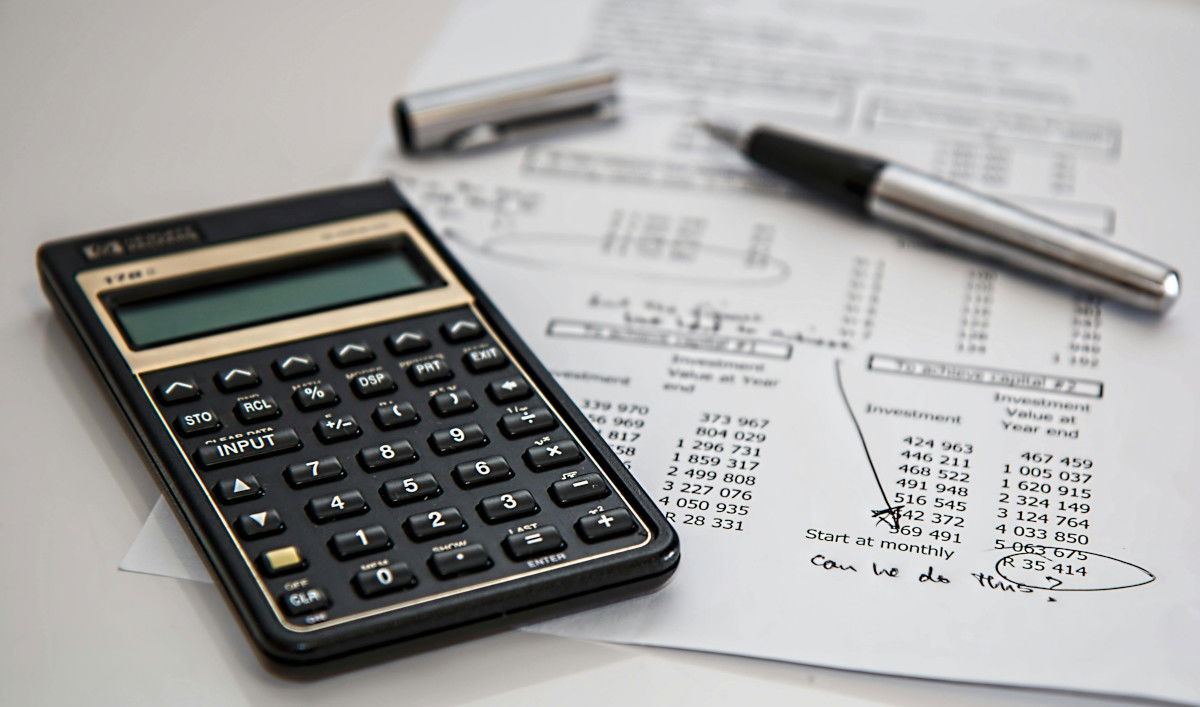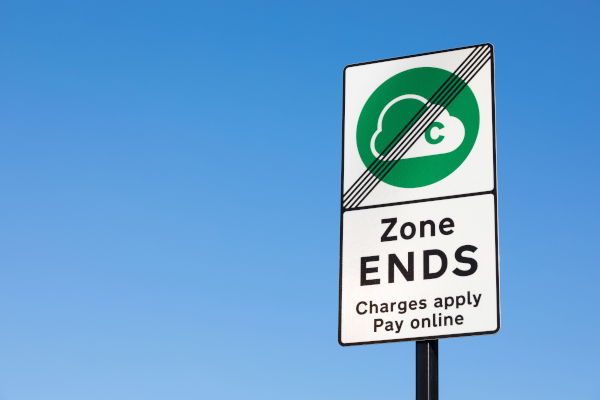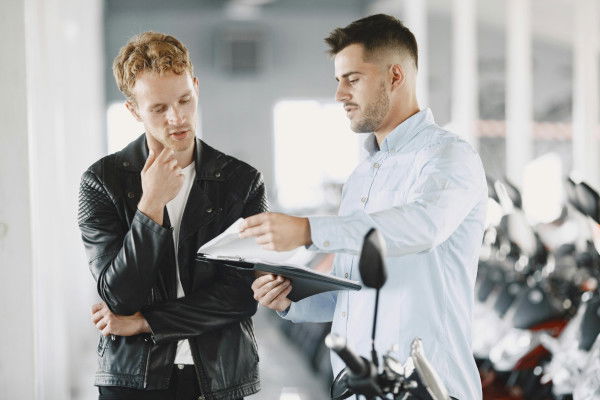VAT Margin Scheme for Used Cars - Detailed Guide
Navigating the complexities of VAT (Value Added Tax) in the used car industry can be daunting, especially when dealing with second-hand or used cars. In the UK, the VAT treatment for used cars can differ significantly from new cars, primarily due to the Marginal VAT Scheme, also known as the VAT Margin Scheme. This scheme is designed to simplify the VAT process for businesses selling second-hand cars by helping to avoid double taxation on the same goods. Here's a detailed look at how the VAT margin scheme works and what it means for both car dealers and consumers.
The Marginal VAT Scheme is a special method of calculating VAT for second-hand goods, including used cars, sold by VAT-registered businesses. The scheme can also apply to other businesses selling goods that are not cars, such as art or collectables.
When selling a car under the VAT margin scheme, VAT is charged not on the full selling price of the car but instead on the margin between the purchase price and the selling price, provided the car was purchased in a way that did not allow the dealer to reclaim VAT. This margin may represent the dealer's profit on the transaction, although it's important to note that other costs such as those incurred when preparing a car for sale can not be deducted from the margin before the marginal VAT calculation - those costs must be handled separately with the VAT being reclaimed as normal when applicable.
MotorDesk's car sales invoicing & accounting software automates marginal VAT accounting with Xero, QuickBooks and Sage accounting software, and provides simple profit calculations to help you understand your profit and VAT liabilities.
Key Points
VAT on the Margin Only
The most significant advantage of this scheme is that VAT is applied only on the margin (the difference between the buying price and the selling price), not the entire selling price. This typically reduces the amount of VAT payable and therefore reduces the price for the customer.
No VAT Reclaim on Purchase
Dealers cannot reclaim VAT on the purchase of a car that they intend to sell under the marginal scheme. This is because the VAT has either already been accounted for or the car was purchased in a condition that did not include VAT (e.g. from a private individual).
Record Keeping
Dealers must keep detailed records of purchases and sales made under this scheme, including evidence of the margin made on each car. This is crucial for compliance and for calculating the VAT due, and HMRC expects you to maintain a stock book for your margin scheme cars - something which MotorDesk's car sales invoicing software fully automates for you.
Eligibility
To qualify for the scheme, the goods must be second-hand, and the seller must have acquired them under conditions where VAT was not reclaimable. Typically any car which has been sold by an individual or business which is not VAT registered will have been sold without VAT, and therefore falls under the conditions for marginal VAT.

Marginal VAT Example
If you pay £10k for a used car, which you sell for £13k, your margin is £3k. Assuming you paid £1k to prepare the car for sale your profit would be £2k, but it's important to remember the marginal VAT calculation applies to that £3k margin and can not take into account any other costs incurred. The customer pays £13k, and they can not reclaim any VAT as even if they're VAT registered you won't have charged 20% VAT on the total. You must instead pay the VAT from the profit which is calculated as 1/6th of the margin, which is paid as part of your regular VAT bill.
£13k sale - £10k cost = £3k£3k / 6 = £500 VATThis is equivalent to charging 20% VAT on £2.5k:£2.5 * 1.2 (20% VAT) = £3k |
The total VAT to be paid is £500, rather than £2,166.67 if 20% VAT had applied to the full £13k sale price.
Caveats & Variations
There are a few caveats and variations to keep in mind when using the VAT margin scheme.
It's Optional
The VAT margin scheme is optional, and many car dealers do not realise this. Now you may wonder why you'd want to charge more for a car but there's a really simple reason - if the customer is VAT registered they can reclaim the VAT.
For example, considering the example above the customer has paid £13k but can not reclaim the £500 VAT. If we were to charge them £12.5k + VAT they'd pay £15k, but they'd be able to reclaim the £2.5k VAT and would ultimately be better off, and we'd receive the same profit. Obviously you wouldn't want to advertise your cars at the higher price, but it's a useful trick to keep in mind when it comes to invoicing the customer.
Cost, Margin & Profit
Indeed you can not deduct costs from your margin before making the VAT calculation, however there's an exception - if that cost was part of the car purchase price and the car could not be purchased without paying that cost. There are few examples of this, but the obvious one is an auction buyer's fee or admin fee. In this case, so long as that fee does not include VAT it can be bundled into the purchase price. If it does have VAT, make sure you record it separately as it can't be bundled in, but you'll still reclaim that VAT so it doesn't matter.
VAT Margin Scheme Invoices
HMRC are very clear about the rules when invoicing for margin scheme sales - you must not include a VAT figure, and you must state you are selling items under the margin scheme - for example by stating 'Margin Scheme - Second-Hand Goods' on the invoice. Although the latter is something many seem to ignore. MotorDesk's car sales invoicing and accounting software of course completely automates margin scheme invoicing for you.
Margin Losses
Whilst you pay VAT on your margin when making a profit, it's important to remember you can't reclaim the VAT if you make a loss on the vehicle's margin. Hopefully this isn't something that will happen very often, but certainly a key point to remember when disposing of unsold stock.
Marginal VAT Accounting
Recording marginal VAT in your accounts can be extremely problematic and time-consuming because most accounting software does not provide support for automating the VAT margin calculation - this typically means you'll need to use journal entries to manipulate the figures. However, MotorDesk can overcome this and fully automate marginal VAT accounting for you using either Xero, Sage Cloud or Intuit QuickBooks - all of which have certified MotorDesk for use with their software.
Conclusion
The Marginal VAT Scheme for second-hand cars offers significant benefits by reducing the tax burden on the sale of used cars, particularly when those cars are acquired by consumers who are not VAT registered. Both dealers and consumers should understand how this scheme works to fully benefit from it and ensure compliance with VAT regulations. As always, consulting with a tax professional can provide tailored advice and help navigate the complexities of VAT in the automotive sector.
We invite you to try MotorDesk's car sales invoicing software free of charge for 30 days to see how it can help simplify and automate your marginal VAT invoicing and accounting.
Sources & Resources:
Gov.uk - Using the VAT margin scheme for second-hand vehicles: https://www.gov.uk/guidance/using-the-vat-margin-scheme-for-second-hand-vehicles
Gov.uk - VAT margin schemes: https://www.gov.uk/vat-margin-schemes
Special thanks to Glents Accountancy & Tax Services in Peterborough.



